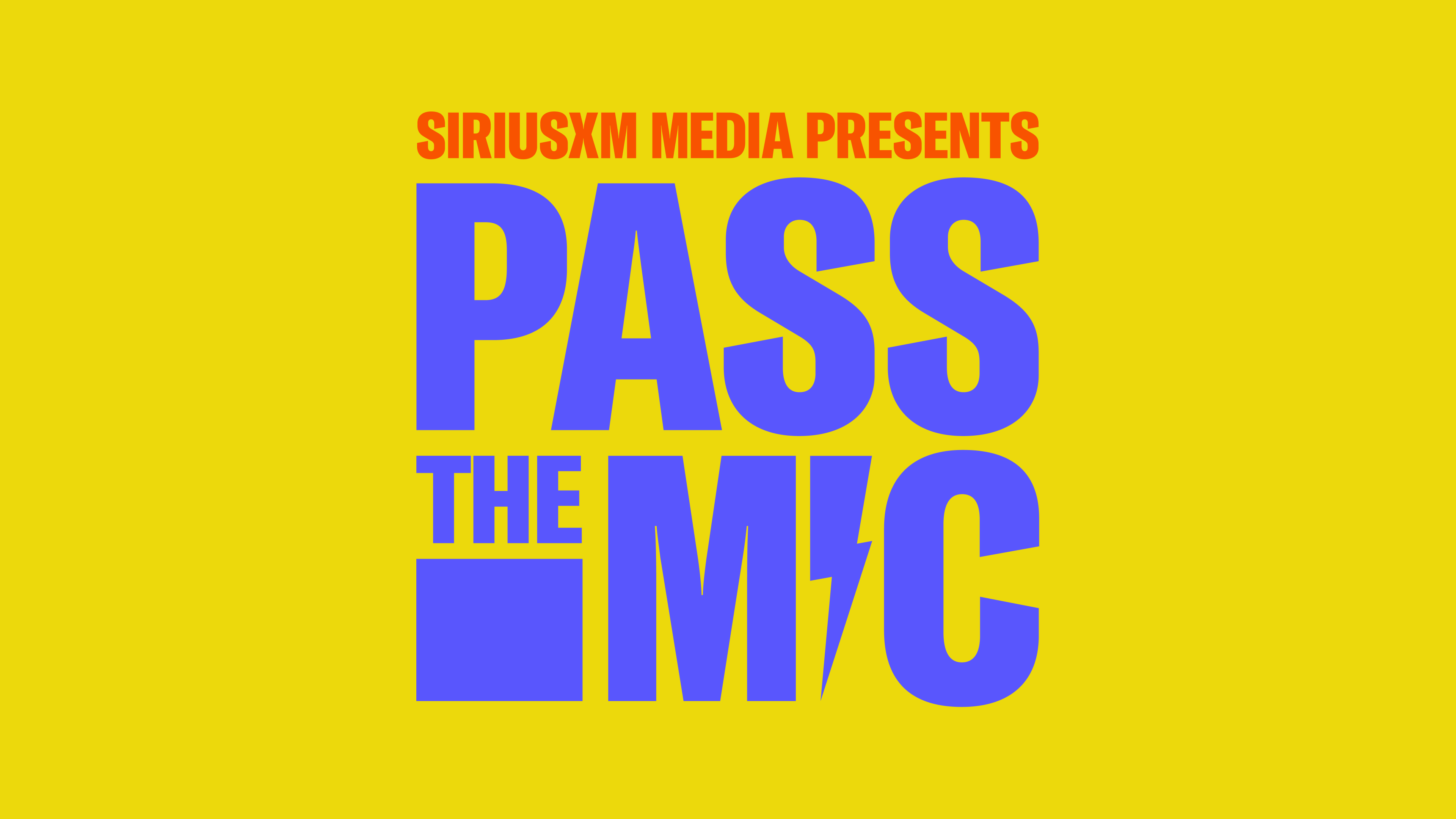
What We Learned from Top (and Lower) Performing Audio Ads
Azen Niknejad, Senior Analyst, Ad Effectiveness & Chandler Kirkman, Senior Specialist, Creative Strategy, Studio ResonateMar 28, 2024Crafting a top-performing audio ad can be tricky. Some ads have unique creative elements that make them fun and interesting, but miss the mark with audiences. And some ads could use some improvement from a creative standpoint, and still perform well. However, we can only know any of this when we test and measure ad effectiveness.
The Creative Strategy team at Studio Resonate and the Ad Effectiveness team at SiriusXM Media recently put their heads together to dig into what makes an audio ad successful. Using Kantar Millward Brown (KMB) brand lift results from a number of campaigns, we analyzed the performance of 22 audio ads to uncover best practices to inform your digital audio creative strategies.
When advertisers implemented these four elements into their audio advertising strategy, they outperformed the rest:
Put the listener first
Keep ad copy conversational and authentic
Leverage sonic identity
Use sound effects, music, and voiceovers strategically
Now, let’s get into the specifics of creating effective digital audio campaigns (and what not to do).
1. Put the Listener Experience First
Step one: Get to know the environment where your ads will be heard. Digital audio is an intimate form of entertainment, so disruptive or intrusive messaging is likely to get tuned out. Advertisers need to hit the right tone to meet listeners where they are. And with targeting, advertisers can even craft audio ads based on how they’ll be experienced through specific devices (like a pair of headphones on a mobile device, a car stereo, or a connected speaker in the home).
Follow these listener-first strategies:
Leverage the listening environment. Top performing ads aren’t built on a one-size-fits all strategy. Find the right tone for the way your ads are experienced by listeners.
Speak with your target audience. If you have multiple target audiences, create a personalized message for each one.
Avoid low-performing tactics:
Don’t copy/paste ads from other media. When listeners press play, they want to be spoken to in a conversational, friendly tone, not surprised by a jarring advertisement that feels out of place.
Simple translation simply doesn’t work. Whether it’s translating an English-language script into Spanish-language, or casting a Multicultural voiceover without customizing the brand message for a Multicultural audience, the ads won’t resonate as well as they could.
2. Keep Ad Copy Conversational and Authentic
With audio ads, your brand is right in the listener’s ear. And they’re inviting you into their headspace, so it’s important to be a good guest. This means speaking to them in a conversational, authentic tone that balances the nuances of digital audio, your brand voice, and who they are.
How to hit the right tone:
Keep copy simple. Top performing ads have clear messages with consistent brand mentions, highlighting your brand’s differentiators and values.
Be succinct. Ads with scripts that align with recommended word counts performed better, allowing for smooth pacing.
Recommended word counts: 40-50 words for a :15 second, 80-90 words for a :30 second, and for scripts with SFX, it leans more to the 80 word side.
Tell a story. Use vivid imagery and storytelling to hook listeners into a relatable scenario.
Make the CTA clear. When listeners know the next step, they’re more likely to take action.
Some notes on what to skip:
Don’t speed it up. Ads with long, sped-up legal disclaimers performed lower in our tests.
More isn’t always more. When copy is cluttered with too many words or many key brand messages, it’s overwhelming for listeners to take in.
Humor is a plus, not a must. Humor can be a powerful tool, but only when used authentically for your brand and your target audience.
Your brand isn’t a supporting character. In the scenario you’re telling, your brand and how you provide value to the listener is the star. Don’t isolate brand mentions to only the end of the ad.
3. Leverage Sonic Identity
Building a sonic identity is a critical part of your overall brand identity. Mnemonics, music, brand characters, sound effects, and even product and packaging sounds all play a role in establishing a consistent and recognizable brand sound. The top performing ads we analyzed incorporated one or more of these sonic elements.
Here’s how to make a sonic impression.
Sonic identity and other branded sonic elements help your brand stand out and differentiate from competitors. Our top tip: Use a branded sonic mnemonic in your ads to build long-term brand awareness. Doing so will also help you establish who you are quickly, which is key in a 15- or 30-second spot.
Don’t forget consistency.
The vast majority of the lower performing ads did not include any branded sonic identity. Some used branded voiceovers featuring celebrities who don’t have an established brand connection. This lack of connection creates a mismatch in authenticity to the listener and leaves them wondering how your product or service relates to them.
4. Use Sound Effects, Music, and Voiceovers Strategically
Unlike visual media, audio invites audiences to use their imaginations, and insert themselves into the audio ads they hear. This strength of audio gives brands an opportunity to build a world through sound, using voiceovers, sound effects, and music beds to tell stories that feel personal to listeners. And theater of the mind techniques transport them into the action.
Learn from the best:
Amplify brand messages. High performing brand messages incorporated a blend of multiple voiceovers, music beds, sound effects, and/or 3D techniques.
Cast the right talent. Ads with friendly, conversational voiceovers that fit the brand and their message perform better.
Provide clear instructions. Give voice actors clear direction and pronunciations for brand names, websites URLs, and products.
Let the voiceover shine. Use high-quality recordings and don’t let the voiceover’s lines be overshadowed by music beds and sound effects.
Sounds to turn down:
Don’t get distracted. Lower performing ads incorporated sound effects and music beds that drowned out the voiceover, didn’t match the brand’s tone, and/or were out of sync.
Lose low- or no-production value. Off-brand music beds, awkward voiceover cuts, and low-quality sounds are listener turn offs.
Forget the announcer voice. Digital audio listeners don’t want to hear a voiceover with a loud, heavy, or sales-focused tone.
Get Your Ads to the Top
You know what else you can do to emulate the strategies of top-performing campaigns?
Studio Resonate can help you craft your ad creative and our Ad Effectiveness team can help deploy a measurement strategy that aligns with campaign goals and KPIs. Our full-funnel measurement solutions are rooted in partnerships with key third-party measurement providers, reinforced by proprietary first-party platform tools. Advertisers can expect creative testing, brand lift studies, location analytics, and so much more. When you’re done with your campaign, we can provide personalized recommendations to consider for future campaigns (like targeting, frequency, creative suggestions, campaign KPIs, and more).
Ready to take your audio ads to the next level? We’re ready when you are, hit our line.
Additional Credits:
SiriusXM Media Ad Effectiveness Team - Measurement Research + Creatives
Melany Rosencwaig - Creative Analysis
Brandon Edingburg - Creative Analysis





